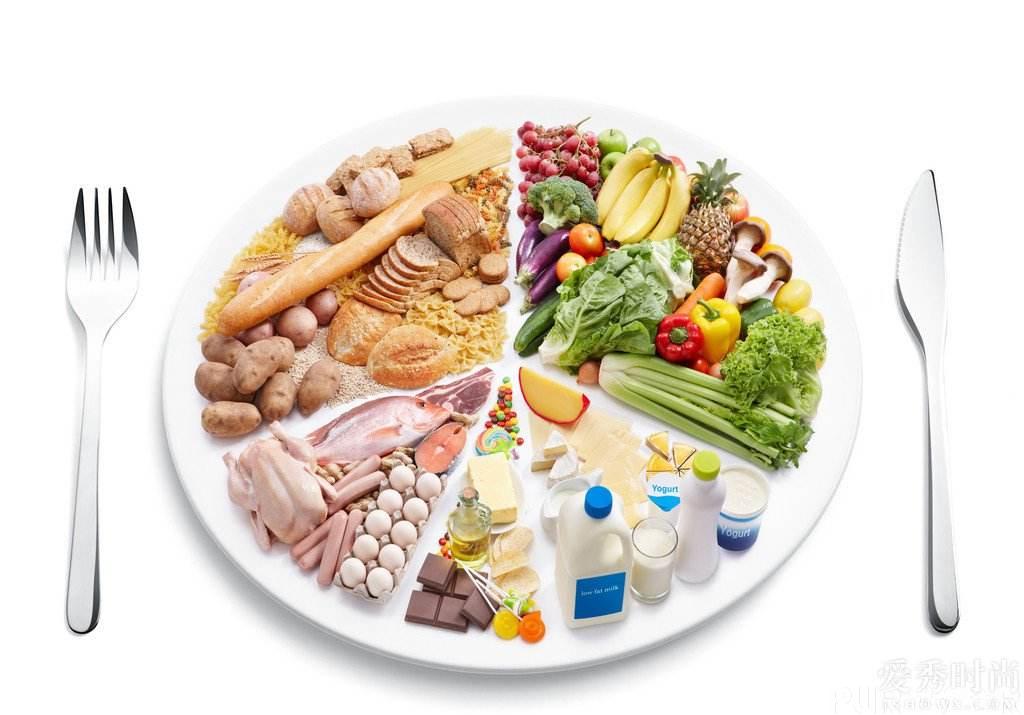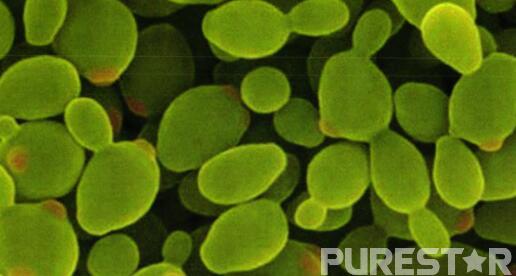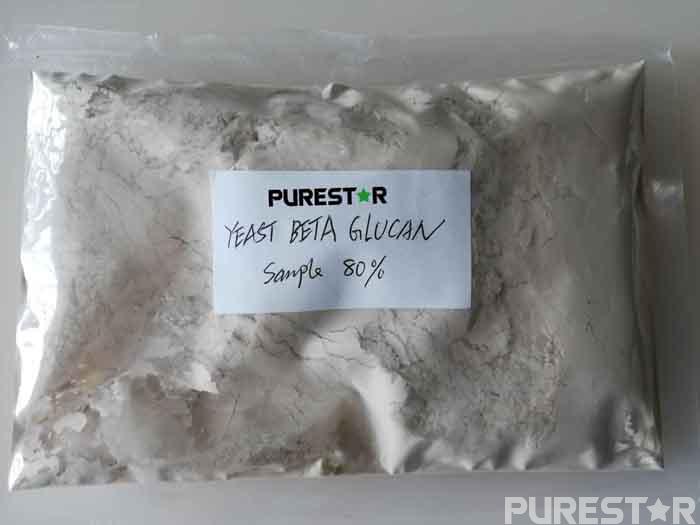In general, functional foods refer to regulated people.Physiological function, suitable for specific populations, notA type of food for the purpose oftreating diseases. This typeIn addition to the food, the food has the nutrition.Functional and sensory functions (color, aroma, taste),
Also has a tone that is not or not emphasized by general foods.The function of human physiological activity. Due to this type of foodThe product emphasizes the third function, so it is called a functional food.Generally between the human health state and the disease stateThere is a third state or induced morbidity, now called Sub-healthy state. When the human body is in Yajian for a long time.I will get sick when I am in a state of health and need a healthy diet.To improve sub-health status. With the science and technology.Progress, for the performance of various components in food,Function,body needs, and components of food.The interaction between the two has a deeper understanding. It is therefore possible to adjust through the nutritional balance.Development of integrated and functional foods to achieve prevention and The purpose of treating "modern civilization diseases". Functional food The sub-health state of the product acting on the human body can promote its Transforming to a healthy state for the purpose of improving health,Therefore, European and American countries also call it healthy food.

Yeast β Glucan is a dextran-type glucose polymer with adjacent glucose.The hemiacetal oxygen of the carbon 1, 2, 3, 4, and 6 of the residue is linked by a glucosidic bond to form a skeleton, and has two structural forms: a-position and 13-position. Among them, β-(1,3)-glucan is a good bioreactor with strong activity and low toxic effect.
β-glucan is found in many bacteria, fungi, and higher plants, such as oats, barley, and yeast, and is a natural polysaccharide. One of its main sources is Saccharomyces cerevisiae. β-glucan is the main component of the cell wall of yeast, accounting for 30% to 60% of the dry weight of the cell wall. yeast β-glucose is a structural polysaccharide, which is located at the innermost layer of the cell wall and is connected to the protoplast membrane. The main function is to maintain the mechanical structure of the cell wall and maintain the normal physiological morphology of the cells. Yeast p-glucan is generally considered to consist of β-(1,3)-glucan and β-(1,6)-glucan, the ratio of which is 85:15. 85% of alkali-insoluble glucan It is connected by β-1, 3, and interspersed with 3% β-1,6 bond between chains; the linear molecule has a degree of polymerization of 1,500 and the molecular weight is 240 kDa. The remaining 15% are connected by β-1,6 bond. It has a double substitution form of C-3 and C-6, a high degree of branching, a degree of polymerization of 140, and a molecular weight equivalent to 22 kDa. In addition, according to the method of extracting dextran from the cell wall of yeast, yeast β-glucan can be used. It is divided into three categories: alkali solution, acid solution and acid-base insoluble. The composition ratio is 10:3:17.

The study found that yeast β-(1,3)-glucan can enhance the host's ability to prevent parasites and enhance cellular immune function. β-(1,3)-glucan can regulate the immune system and continuously stimulate the immune system to be in a highly active state, thereby exercising immune function. The specific immune response is: macrophages, neutrophils and monocytes produced by bone marrow leukocytes attack and devour harmful invaders; mobilize immune cells to move to foreign bodies; increase the phagocytic capacity of macrophages, eventually phagocytose or destroy Invasive. It should be pointed out that the function of macrophages is to limit or destroy foreign bodies such as bacteria, fungi, viruses and parasites. Therefore, β-(1,3)-glucan cannot be used to treat autoimmune diseases.
It is well known that if the immune system of an organism fails to remove the first cancer cell produced by the oncogene expression in time, the body may have cancer. β-(1,3)-glucan can produce the following immune response: induce macrophage proliferation; enhance lytic function of the complement system in plasma of higher mammals, and promote differentiation of T cells and B cells. In addition, cytokines also play an important role in it, for example, IL. 1 Promote the proliferation and activation of T cells, B cells and NK cells, and IL2 induces effector cells such as LAK and TIL to kill tumors. In 1981, the Norwegian Cancer Research Center and the University of Uppsala in Sweden compared the immunity of 42 natural polysaccharides, and found that the glucan extracted from yeast can increase the phagocytic capacity of macrophages in mice by more than 10 times.
Yeast β-(1,3)-glucan as a biological effect responder with a wide range of activities Sex. Slamenova D et al studied the effects of three water-soluble derivatives of 1β-(1,3)-glucan on DNA oxidative damage in hamster lung cells. The results showed that all three derivatives can protect lung cells from hydroxy DNA oxidative damage caused by free radicals or singlet oxygen. Studies by Pathchen M L et al. have shown that water-soluble dextran enhances the rapid healing of radiation induced by 60Co. Treatment of irradiated mice with β-(1,3)-glucan enhances mouse recovery complex ability. And can improve the vitality of the bone marrow, increase the number of white blood cells, and enhance the function of the spleen.
β-(1,3)-glucan is involved in the natural defense of the body and accelerates the healing process of skin wounds.
Cell culture assays have shown that carboxymethyldextran protects against loss of antioxidant molecules in the skin cells and promotes keratinocytes and proliferation. At the same time, β-(1,3)-glucan can be used as an osmotic inhibitor to eliminate the toxicity of metal ions such as Cs+, Cd+ and Co+.
The special structure of Yeast β-(1,3)-glucan can promote the release of lipoprotein fatty acids, and break down the lipids of macromolecules in the blood into small molecules, thus clarifying the serum turbidity caused by hyperlipidemia. Lower blood cholesterol. A large number of animal clinical trials have shown that yeast-glucan can effectively reduce blood cholesterol levels.
Nicolosi et al. studied 15 obese high cholesterol men. In the study, the patient maintained the same body weight, which significantly reduced the total cholesterol in the blood by 8% at week 7, and decreased by 6% at the 8th week on the 7th week. 3) Monoglucan can significantly reduce blood cholesterol levels. In addition, Z Kassai et al. "The study found that yeast β-(1,3)-glucan may be an osmotic inhibitor that inhibits heavy metals such as sputum and drill from entering the body through the skin, thereby eliminating the toxic effects of heavy metals on the human body.

In general, most polysaccharides are hydrolyzed into glucose in the digestive tract to provide energy to the body. However, the acid resistance of β-(1,3)-glucan enables it to be used without being hydrolyzed while passing through the stomach. There is a sticky substance on the surface of the intestine called "fluff", and there are receptors on the villi that bind to long-chain polysaccharides. One is a non-specific receptor that binds to most polysaccharides to form a structure that protects the digestive tract from gastric acid damage and prevents the invasion of foreign antigens. The other is a specific receptor that specifically binds to a polysaccharide having a specific structure such as β-glucan. β-(1,3)-glucan is structurally composed of β-(1,3)-bonds and has some β-(1,6)-bonded side chains. This special spiral molecule The structure facilitates its binding to specific receptors. When β-(1,3)-glucan is bound to a specific receptor, β-(1,3)-glucan can finally pass through the intestinal epithelium into the lymphatic system and act from the lymphatic system. Enter the blood system. In 1982, a study conducted by the University of Tulum School of Medicine in the United States showed that mice immunized with β-(1,3)-glucan, within a few hours after high-concentration E. coli injection, regardless of mortality or blood bacteria The concentration is much lower than the untreated.
Yeast beta glucan overcomes all the shortcomings of previous antibiotics, probiotics, enzyme preparations, etc.
The dosage is small, pure natural, no residue and strong stability, can improve the immunity of the animal body, promote the growth of animals, etc., and has broad application prospects in the application of functional foods. Yeast Beta Glucan can significantly improve the body's immune function, and is difficult to be digested and absorbed in the digestive organs of the human body. It can provide a fat-like taste. Therefore, it can be used as a food additive in food seasonings, dairy products, sausages, and ham. In the intestines and other products. In recent years, Yeast β-(1,3) glucan also acts as a dietary fiber. In 2010, the list of new resource foods published in the Ministry of Health Document No. 9 listed yeast glucan as New resource foods, and given the daily recommended intake and the range of applicable foods, this will greatly promote the wide application of yeast β-glucan in the food field. I believe that with the deepening and function of scientific research With the continuous expansion of the food market, the broad application of yeast glucan will become a trend.
The research and development of functional foods has become one of the most active fields in the food industry. In recent years, many functional products have been developed, including various oligosaccharides, microbial extracts, active polysaccharides, active peptides and functional oils. Etc. Among them, the development of microbial extracts has been greatly valued and progressed rapidly. β-(1,3) glucan as a microbial extract is not only included in the new resource food, but its functional research is also quite mature. The application of β-(1,3) glucan has been limited by its water insolubility, and it has now been possible to improve the water solubility of yeast β-(1,3) glucan by enzymatic hydrolysis and the like to expand its application range. On this basis, it is expected to develop more functional foods containing yeast β-(1,3) glucan.
Contact:
Phone: 0086-13754204265
Tel: 0086-572-2157374
Email: sales@bulkbetaglucan.com
Add: No.235,Huanchengdong Road,Huzhou,Zhejiang,China